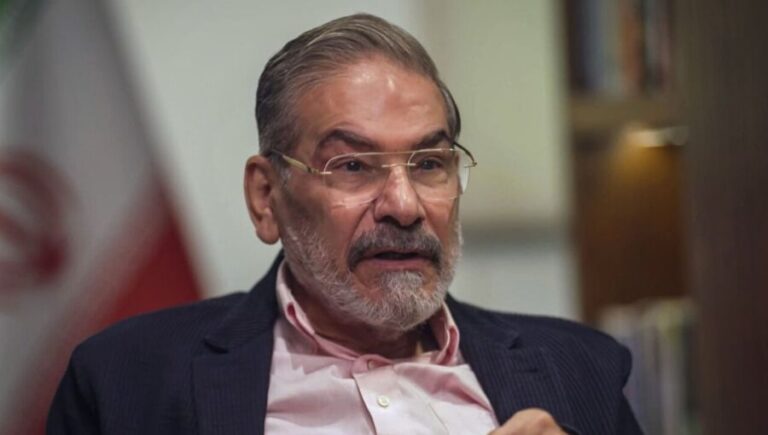With barely two months remaining before the European Union is scheduled to partially lift a nearly five-year ban on liquids in air passenger hand luggage, airports across the region are balking at the approaching deadline, arguing that current liquid-explosive detection technology is still too unreliable.
In recent months, trade groups representing hundreds of airports and dozens of airlines have quietly stepped up the pressure on the European Commission to abandon its plan for a gradual easing of restrictions. From April 29, the change would allow passengers passing through Europe from a third country to carry liquids, aerosols and gels purchased either at an airport duty-free shop or on board a non-European airline. They are calling instead for the ban to remain in place until 2013, when Brussels has vowed to eliminate all cabin restrictions on such goods.
“The existing technology is not fit for the purpose,” said Olivier Jankovec, the director general of the Airports Council International Europe, a lobbying group based in Brussels that represents more than 400 airports. “We risk paralyzing the big hubs.”
France has formally joined with the industry to seek a delay in enacting the new measures. Transportation officials from a half-dozen other governments have also approached the commission in recent weeks for reassurance that the new measures will not dilute air safety or cause undue disruption, people with knowledge of those discussions said.
But the intense lobbying has so far failed to sway the commission, which committed two years ago to simplifying the often onerous security screening process. It remains a source of frustration for passengers who are forced to jettison drink containers, toothpaste, skin creams and even jars of marmalade before boarding planes.
Aides to Siim Kallas, the European transportation commissioner, said he remained unconvinced by the industry’s arguments and was satisfied by the performance standards set by European regulators for liquid-explosive detectors. Moreover, they said, the numbers of transfer passengers likely to be affected by this first phase of the plan should be manageable.
“We have not seen any striking evidence to support the French position,” said Helen Kearns, a spokeswoman for Mr. Kallas. “We would obviously not be going down this road if we believed it posed a security risk.”
The European Union, the United States and many other countries introduced the restriction — which allows liquids only in amounts below three ounces — after the British authorities uncovered a plot in August 2006 to bomb passenger planes bound for the United States using liquid explosives. Three British citizens were convicted in 2009 of planning to blow up at least seven trans-Atlantic airliners on a single day with explosives smuggled aboard in soft drink bottles and detonated by devices powered with AA batteries.
The ban was subsequently relaxed to allow liquids bought at airport duty-free shops of five countries — the United States, Canada, Malaysia, Singapore and Croatia — to be brought on board without rescreening, provided they were purchased within 36 hours of departure and sealed in tamper-resistant plastic bags. But these exceptions have not always been well understood by airport security personnel, resulting in the confiscation of tens of thousands of bottles of perfume, Champagne and other harmless liquids.
Officials of the United States Transportation Security Administration would not speculate on the potential impact the European plan would have on security there. In a statement on Sunday, the agency praised its “strong partnership” with its European counterparts, and added that it would continue working with them to “ensure the security of the international transportation network.”
One official, who declined to be named because he was not authorized to speak publicly on the issue, said the T.S.A. was also working with industry groups to “explore solutions” to the ban.
Restrictions on liquids are unpopular with many travelers.
“I think most passengers want the transit ban to go,” said Brian Simpson, a Socialist party deputy from Britain who presides over the transportation committee of the European Parliament. “They believe that taking that bottle of whiskey off them is theft.”
Under the new regime, passengers transiting through one of about two dozen European airports with duty-free liquids in their hand luggage will be asked to present them for screening by one of at least 10 specialized scanners that have so far been found to meet the European specifications. Of the models that have been approved to date, most use X-rays to determine whether a liquid has the same density and other physical properties as what the barcode on the tamper-proof bag says is inside. About 40 percent of the machines use trace-detection technology, which requires the bottle to be opened to perform the scan.
Meanwhile, airport officials feared that so many false alarms would overly distract checkpoint staff members from their primary tasks.
“They are not going to be concentrating on looking for terrorists,” said the security chief of a major European hub airport, who requested anonymity because he was not authorized to speak publicly on the subject.
Neither the European Commission nor the European Civil Aviation Conference in Paris, which has been testing liquid-explosive scanners to make sure they meet European standards, would comment on the false-alarm rates of the machines they had approved, saying the results were confidential.
Airport groups have not made a formal estimate of the number of transfer passengers who might be affected by the new regulation. But industry data show that as many as half of all transfer passengers at the region’s major hub airports are traveling to and from countries outside the European Union. At Schiphol Airport near Amsterdam, for example, 10 million passengers per year — more than 27,000 per day — are transiting from one non-European country to another.
Airlines said they were concerned that the added costs for liquid scanners would ultimately lead to higher ticket prices.
“The costs to airports of procurement of the equipment to meet the new requirements will, in turn, be passed on to airline operators and their customers,” wrote Mike Ambrose, director general of the European Regions Airline Association in a letter to the European Commission this month.
(Source: The NY Times)










